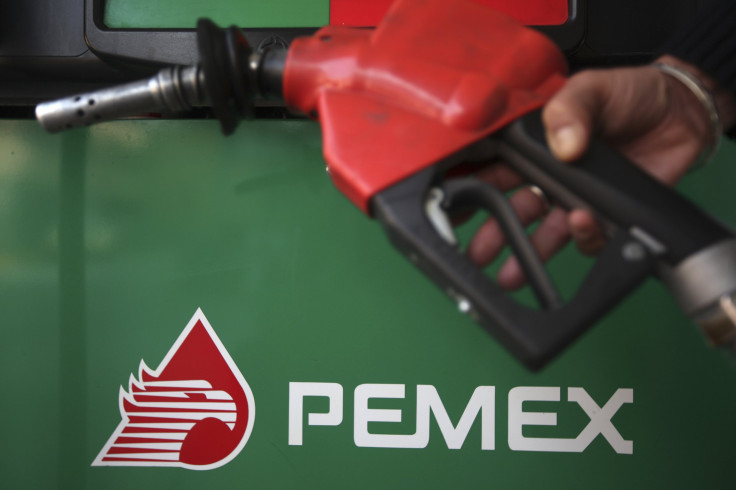Pemex's To Do List Before Opening To Private Investment Includes Debt, Bad Management And Equipment

Right after the new year, Petróleos Mexicanos (Pemex) started its own particular countdown. In a few weeks, Mexico’s state-owned oil company will be open to investment for the first time in almost a century.
The government made the very unpopular decision to allow private and foreign companies to enter into partnerships with the troubled company in explorations and extraction of nonconventional oil sites. President Enrique Peña Nieto’s administration hopes the move will put the company – the seventh largest in the world, 8 percent of the country’s GDP – back on its feet.
Soaring Debt
The total debt of Pemex hit $61 billion as of March 2013 – and reaches $100 million when labor liabilities are factored in, as calculated by Fitch Ratings. Standard & Poor’s estimates pension liabilities to be $48 billion, or 43 percent of the debt.
To make matters worse, Pemex pays almost 90 percent of its profits in taxes because of outdated fiscal laws, according to its executive director, Emilio Lozoya.
The way to address these whopping figures is by increasing productivity, which Pemex is in no position to do by itself. “Starting new extraction sites requires a level of investment that Pemex cannot afford at the moment,” said Lozoya.
Bad Management
Pemex’s management is complex: It's state-owned and dependent on the mining ministry but operated by an independent team. For years, Pemex has been accused of low productivity and inefficiency, but it also suffers from a huge hole in its pension program and aging of its experts – all of which translates into substantial losses.
Out of all four plants, the exploration and production is faring the best, but its profit is still less than the losses of the other three. In 2012, the production plant netted 95 billion pesos ($7 billion). Losses in the refinery, petrochemical science and gas plants added up to 112 billion pesos ($8.5 billion).
Losses are linked to lack of productivity and worker dissatisfaction – which, in the case of Pemex, are closely related. Pemex registered 12 organized strikes in 2013, as opposed to the international average of one.
Employees of the oil company had a specific goal: to avoid privatization at all costs. Their efforts, however, were unsuccessful, and their future is not even secure: There have been rumors in the Mexican media of a planned mass firing of 3,000 people, though no official announcement has been made.
Obsolete Installations
The reserves of oil and nonconventional fuel in Mexico are estimated to be 44 billion barrels. The government calculates that this would last for a decade.
At the height of its production, between 2000 and 2004, Pemex was delivering 3.4 million barrels a day. From 2005, production started declining until it reached a minimum daily amount of 2.5 million barrels in 2012 – but it could be producing 4 million.
The response to this underachievement is in the lack of technology to dig deep enough to reach the remaining reserves. It is expected that foreign partners will bring investment and equipment to overcome this gap, but Pemex is doing its part by constructing a new refinery.
According to the company, new installations would add over $10 per barrel, from the current $80. The new plant is expected to start working in 2017.
© Copyright IBTimes 2024. All rights reserved.




















